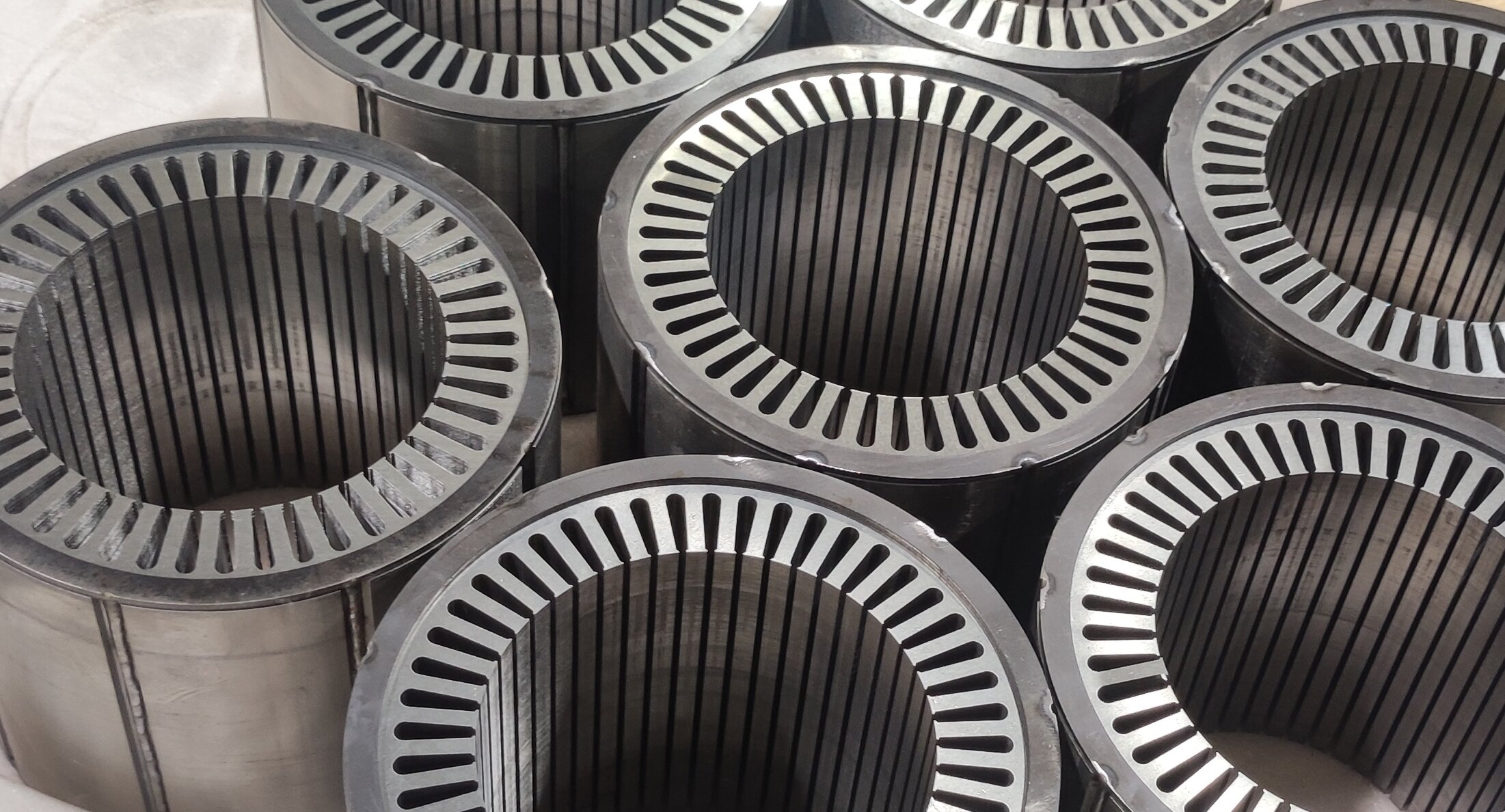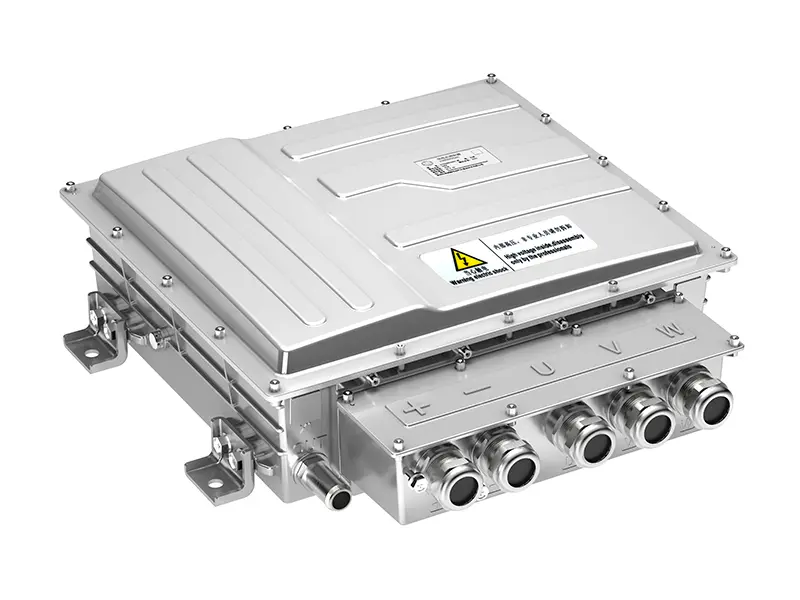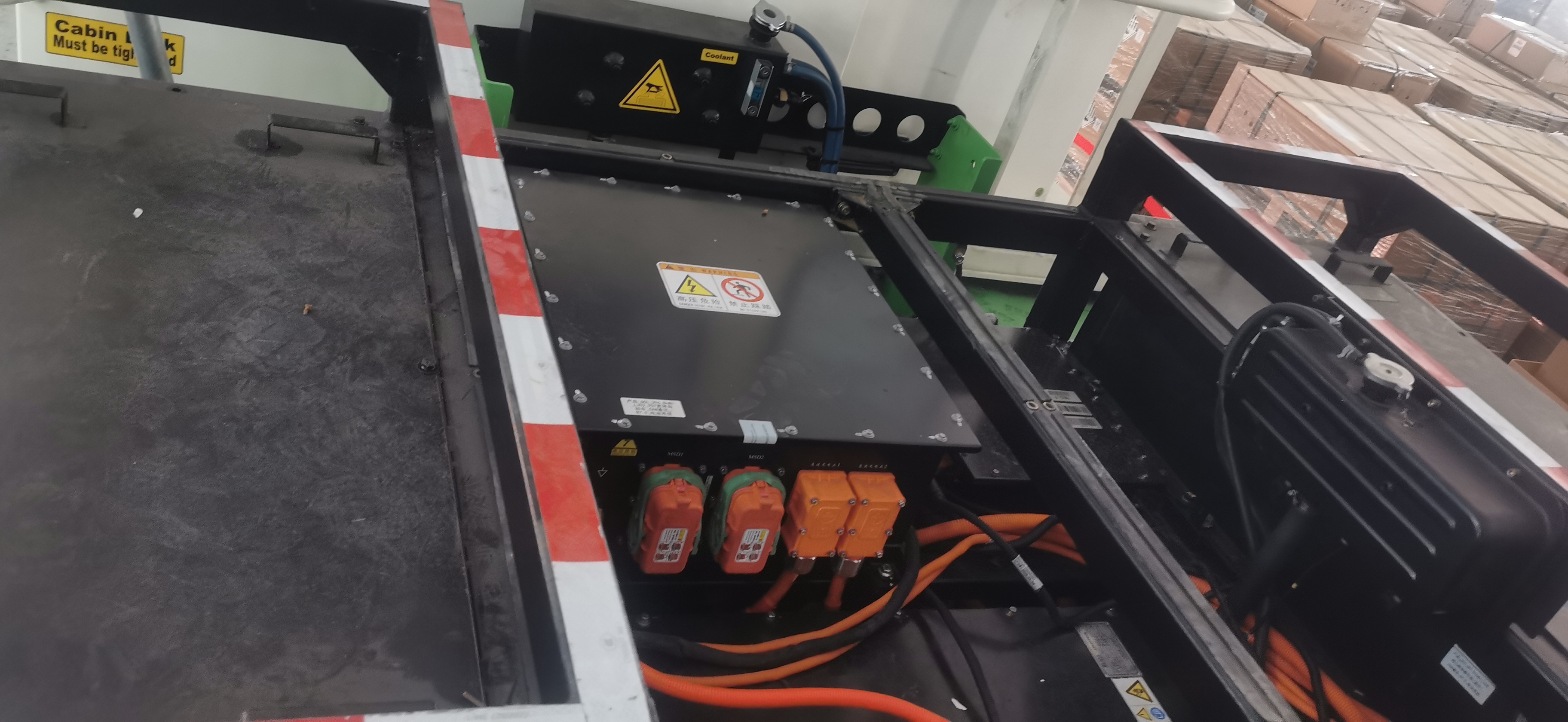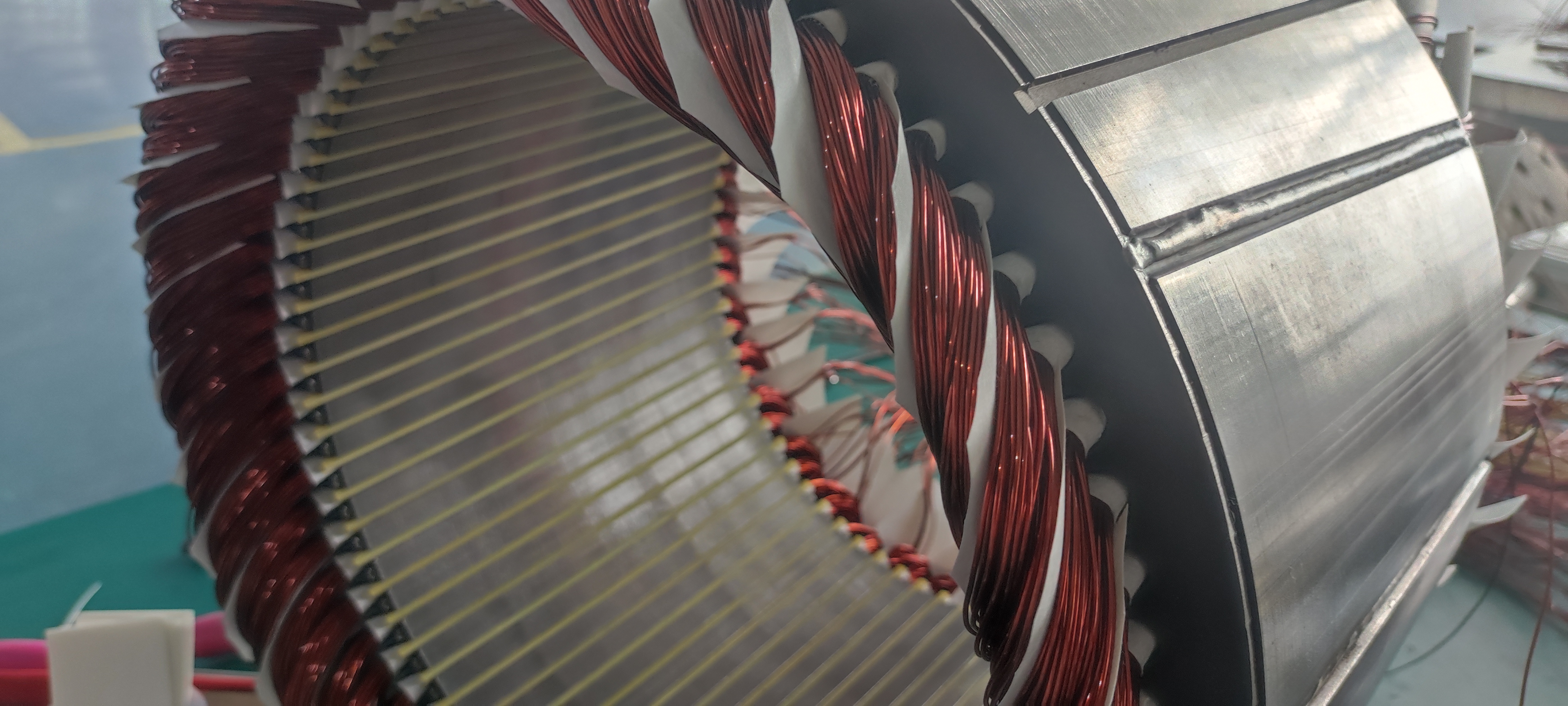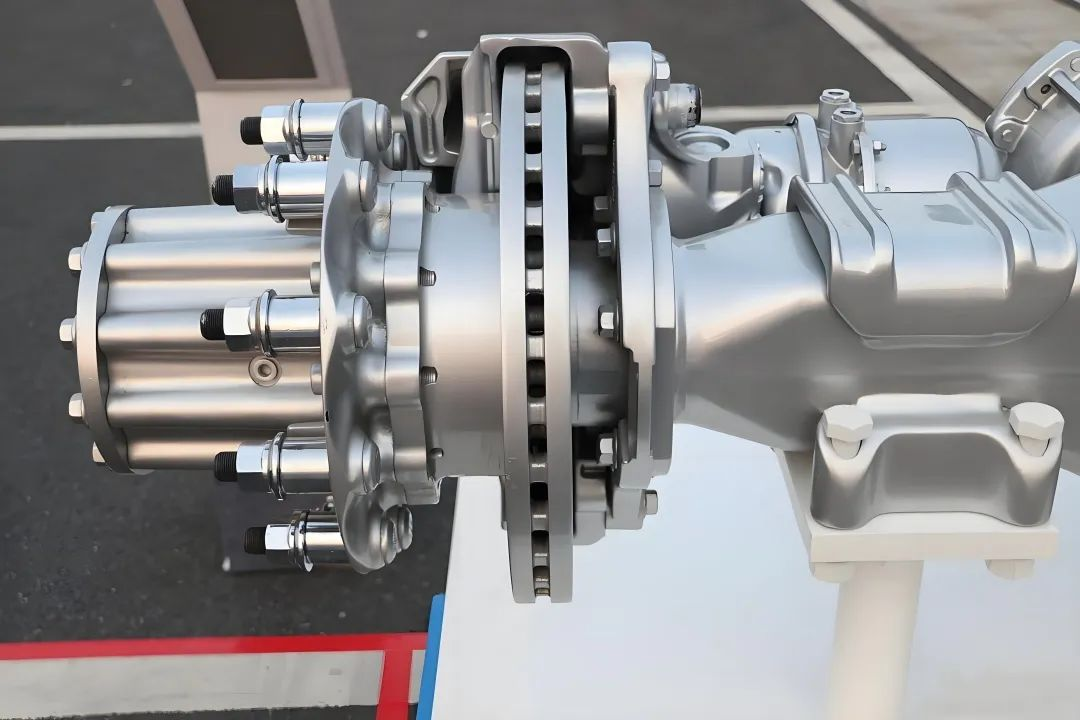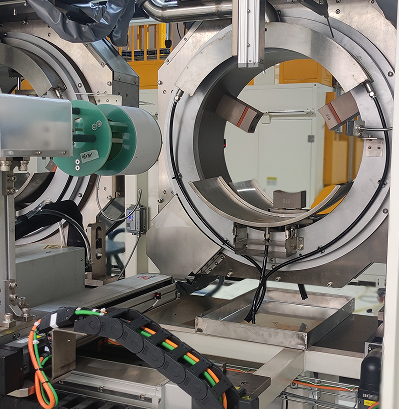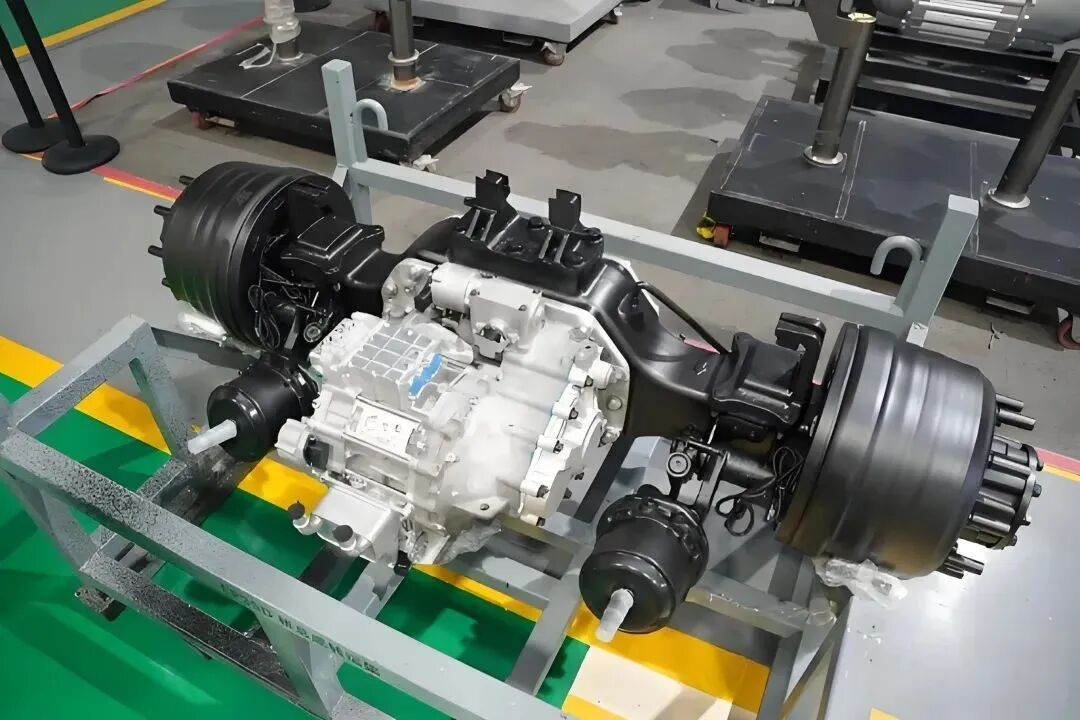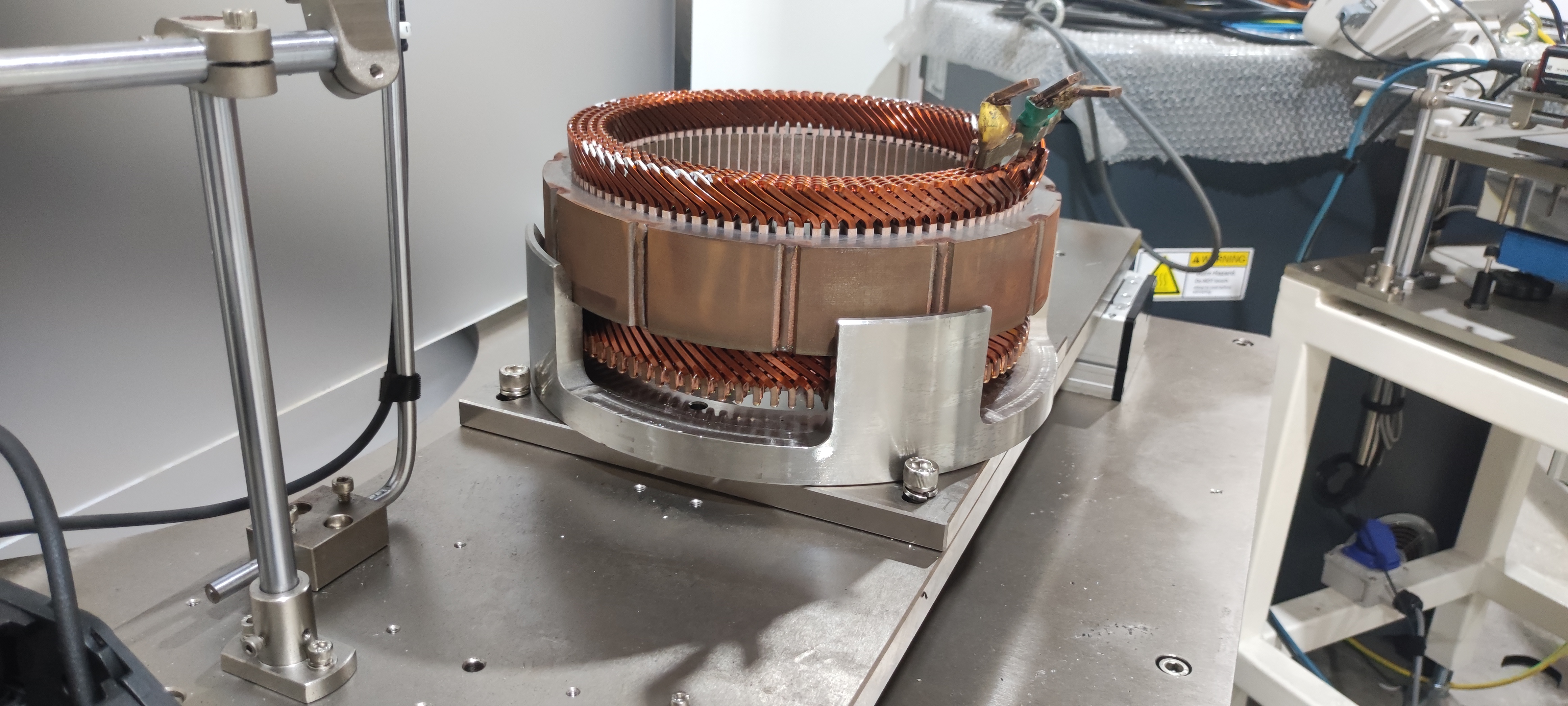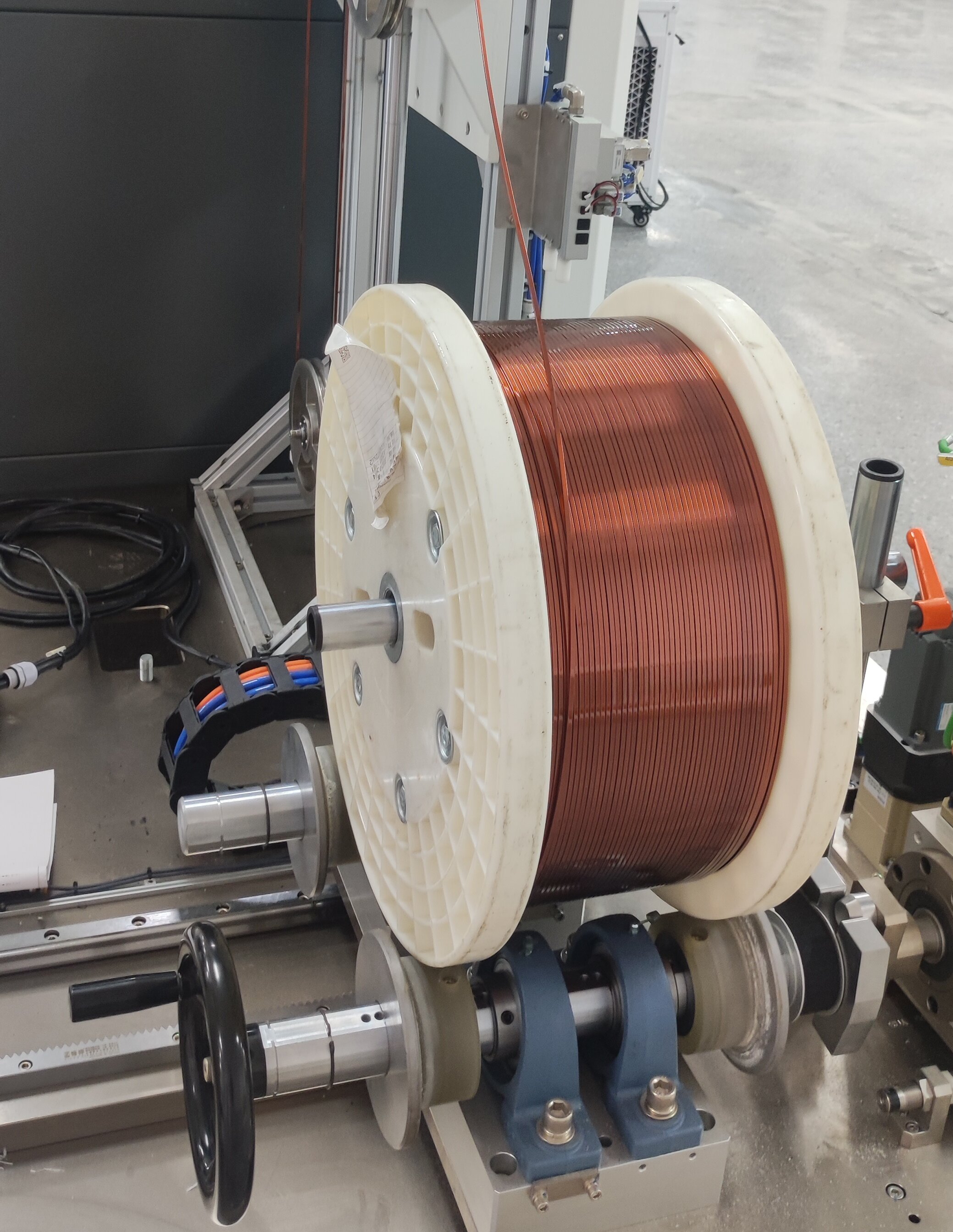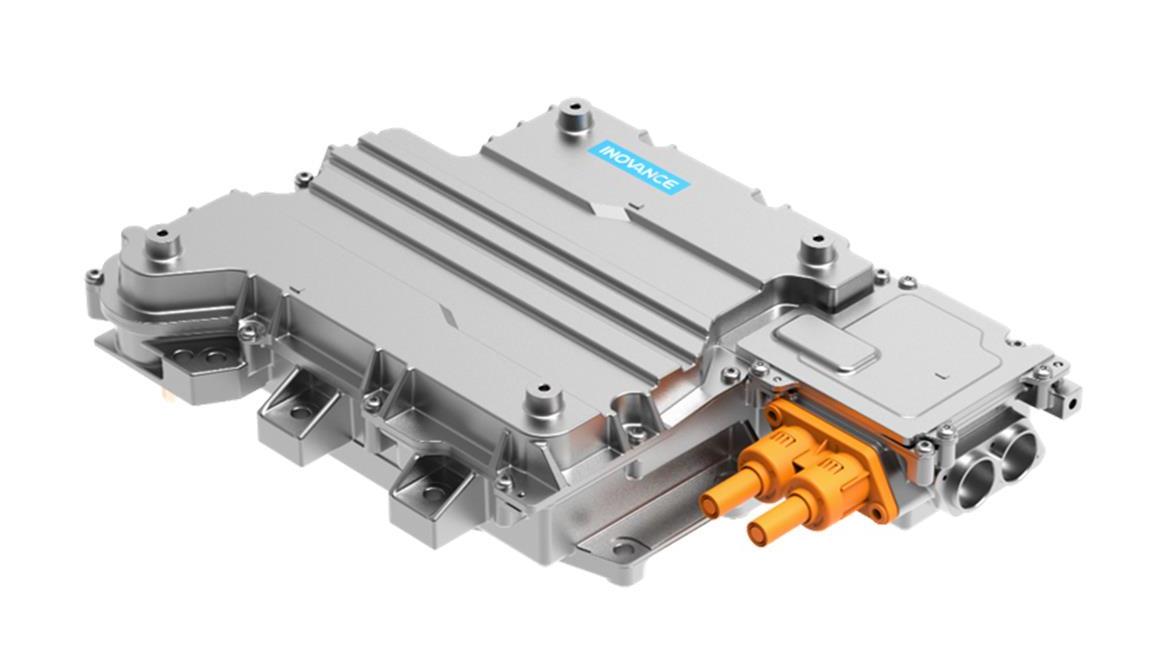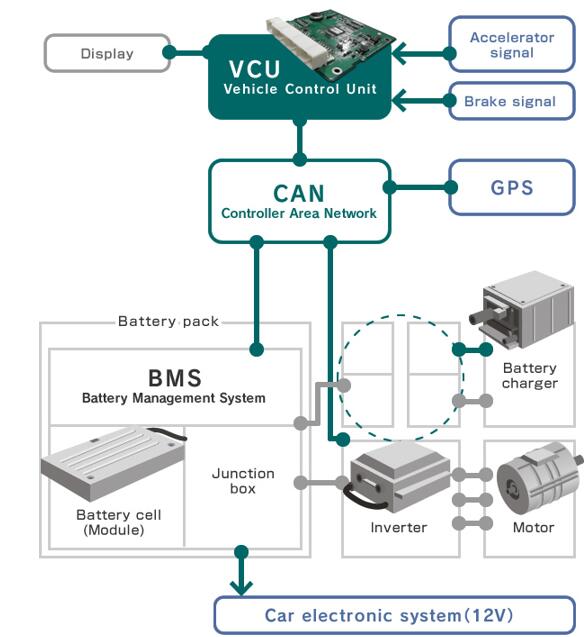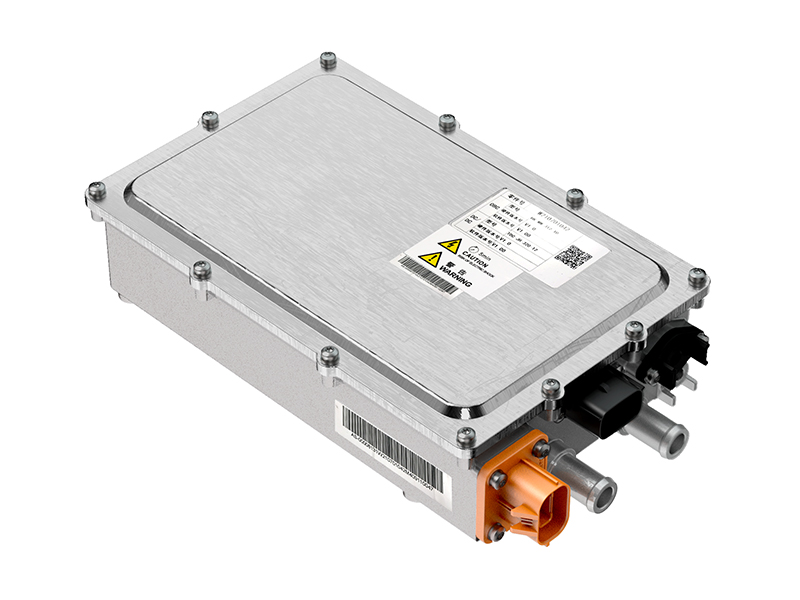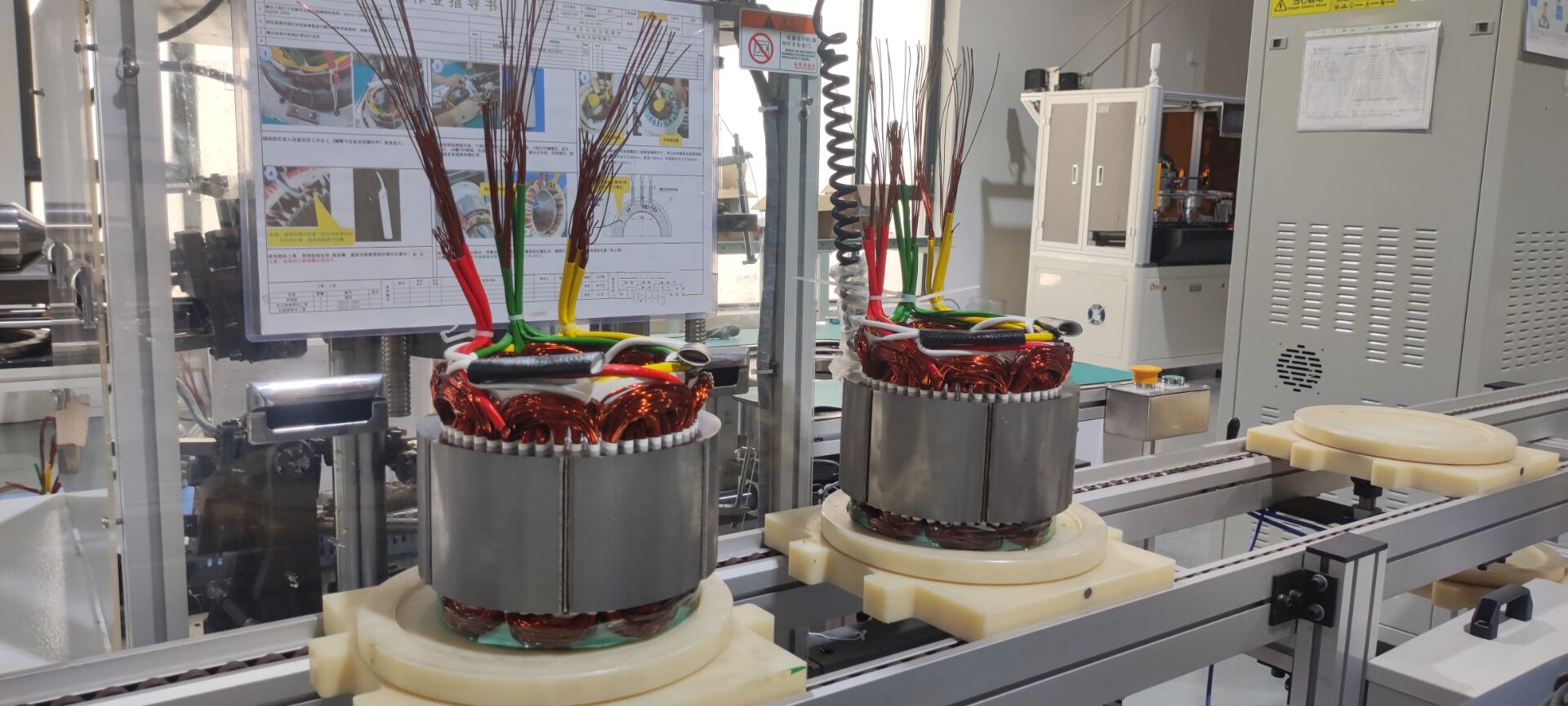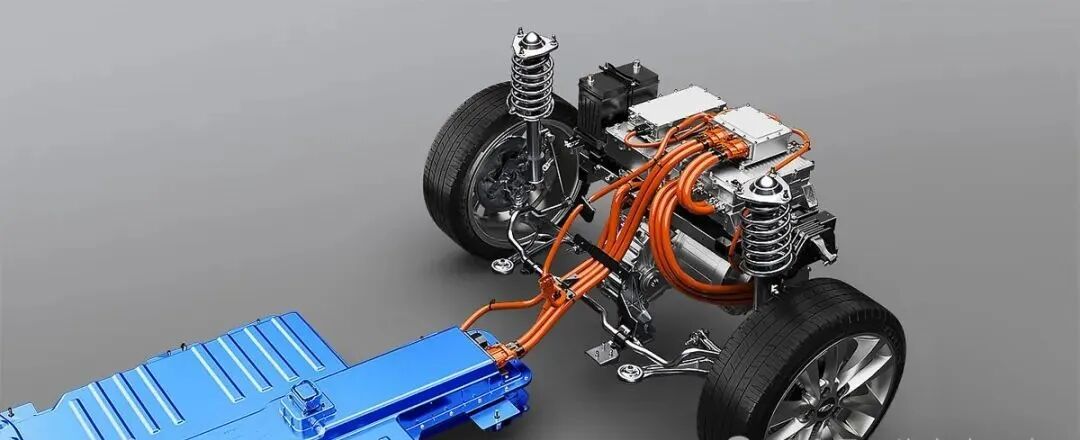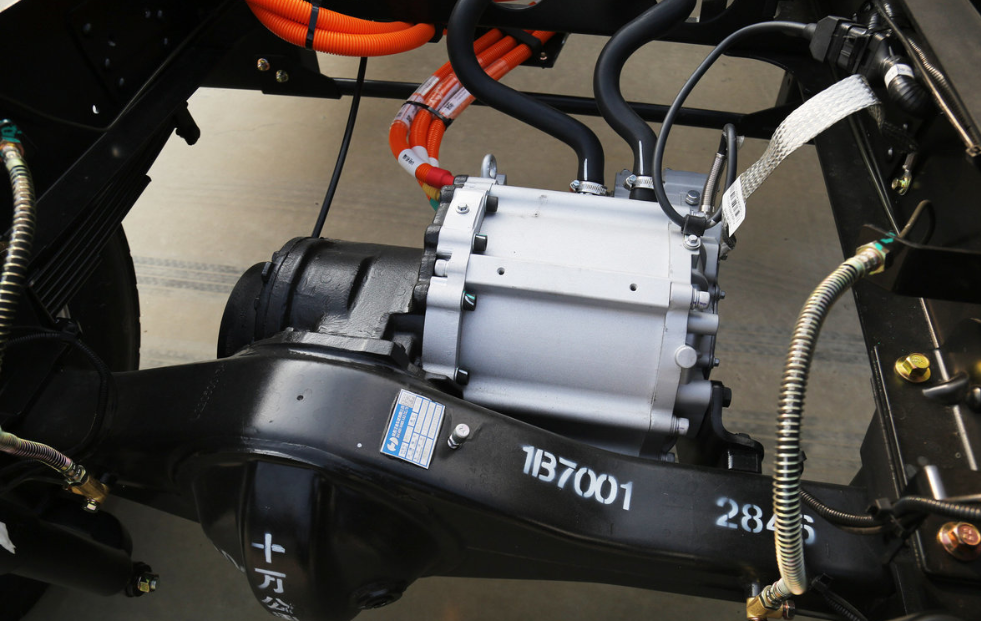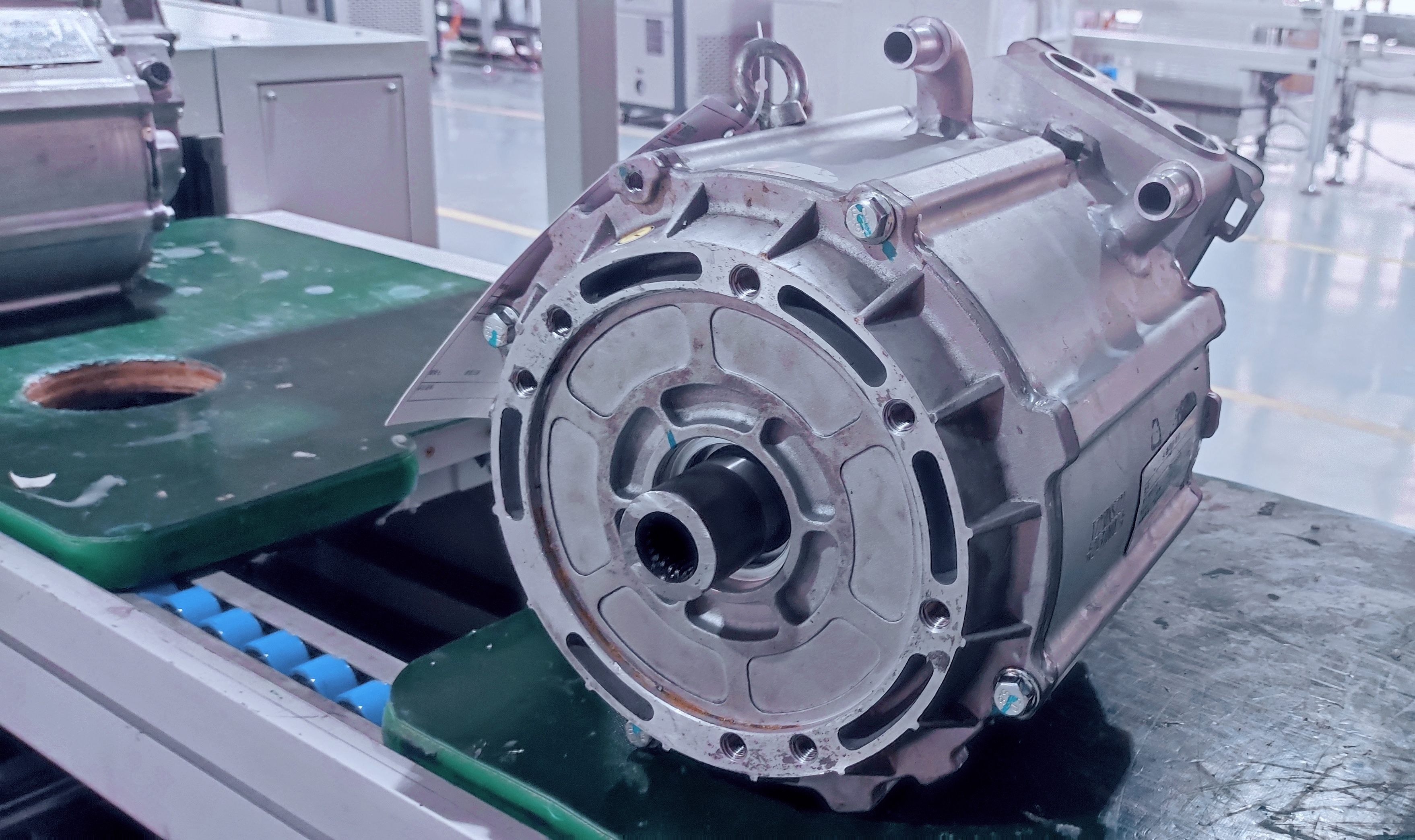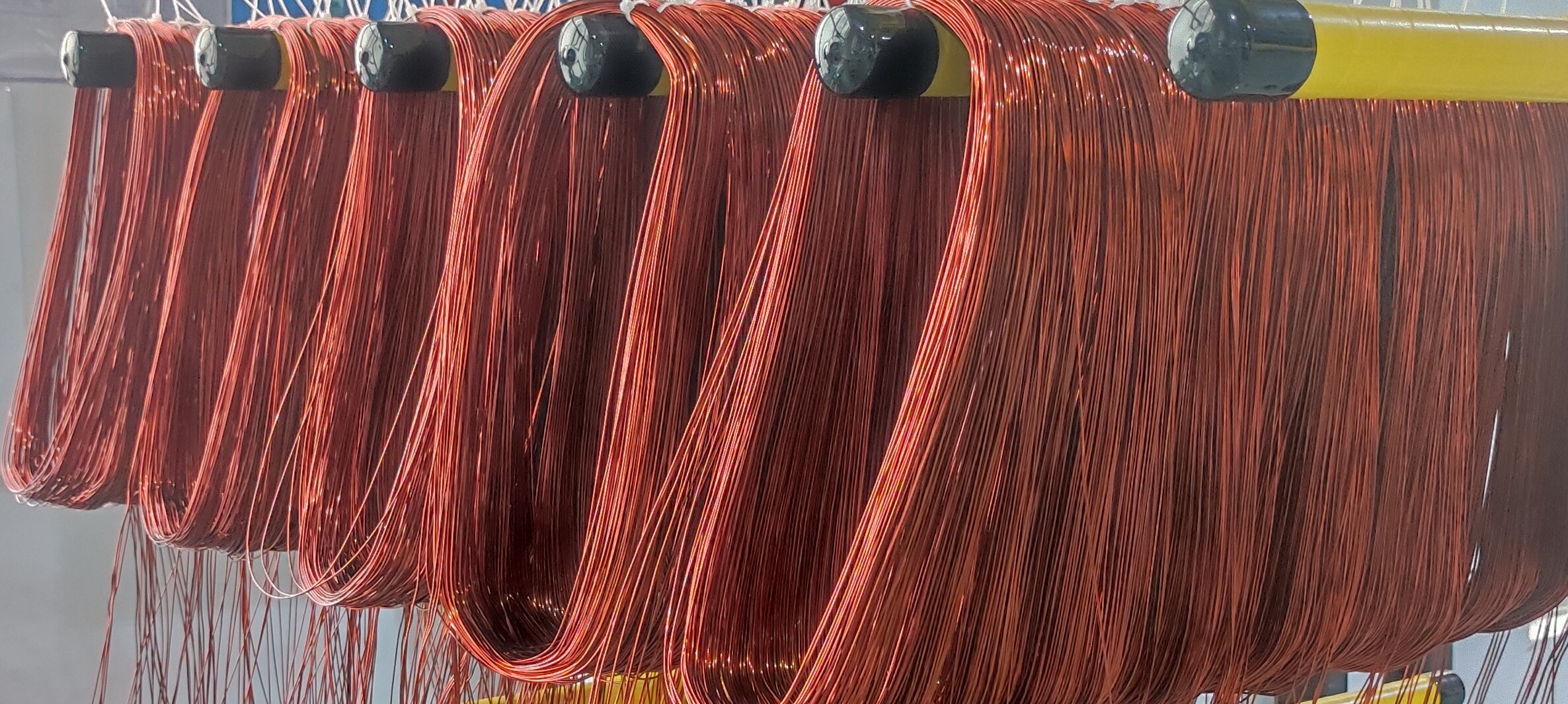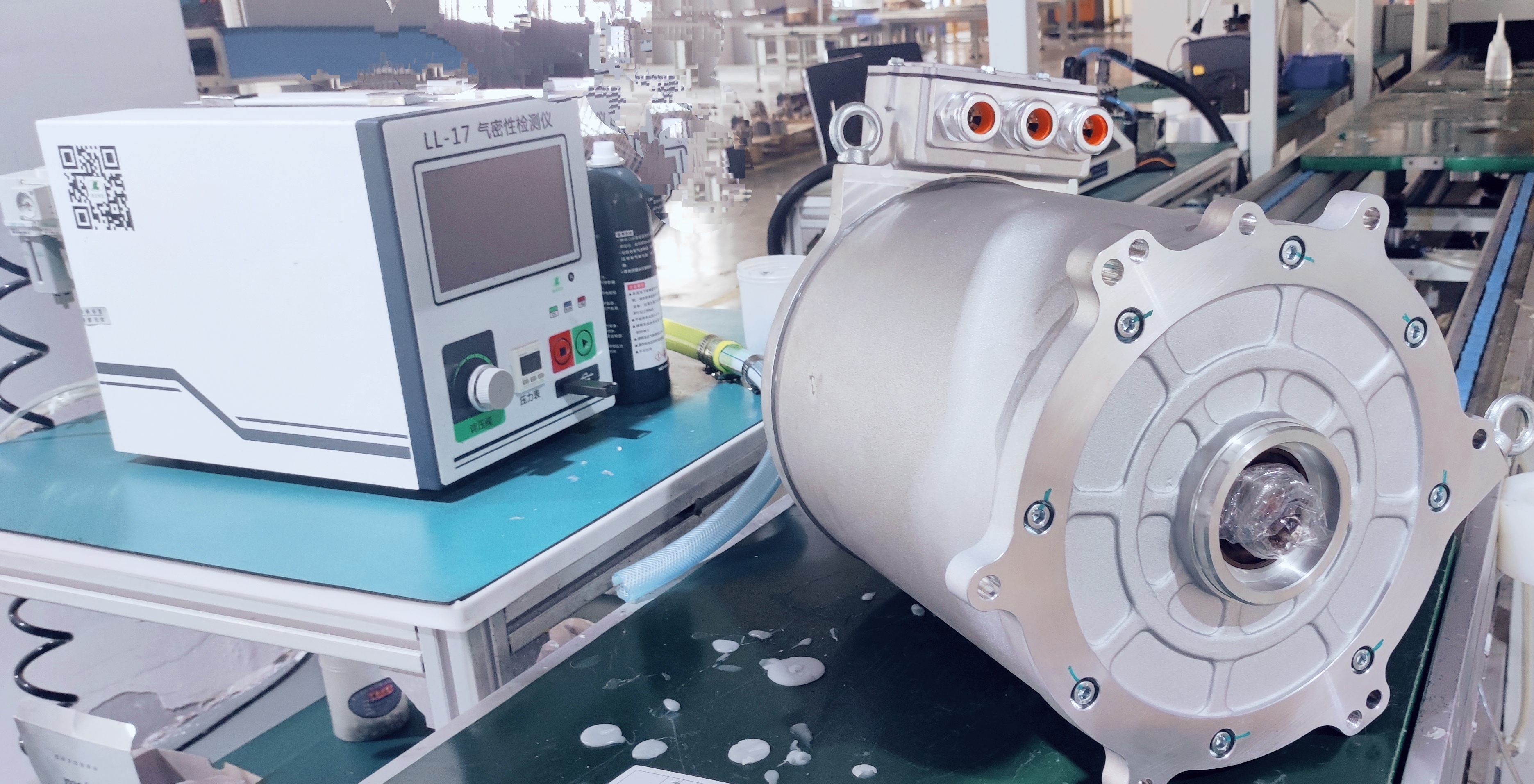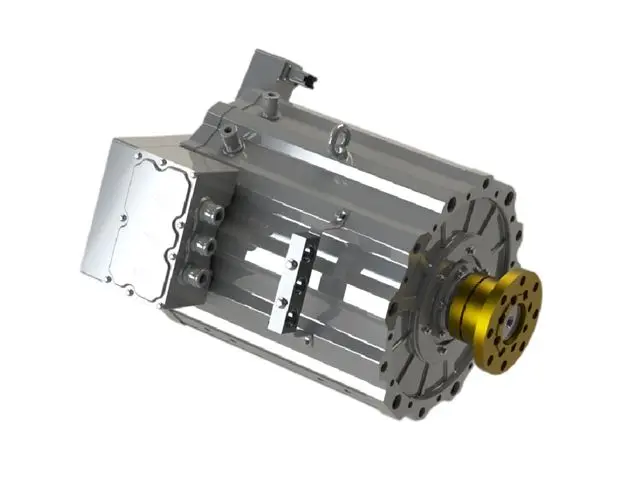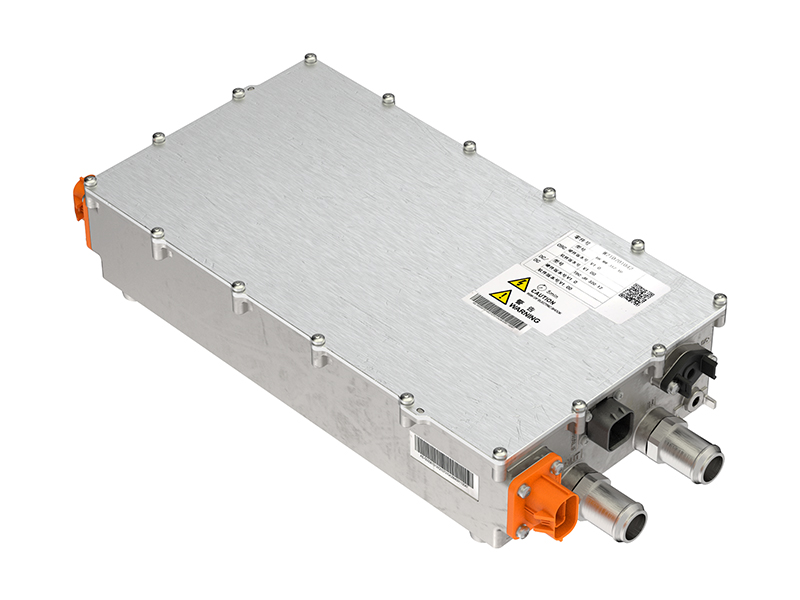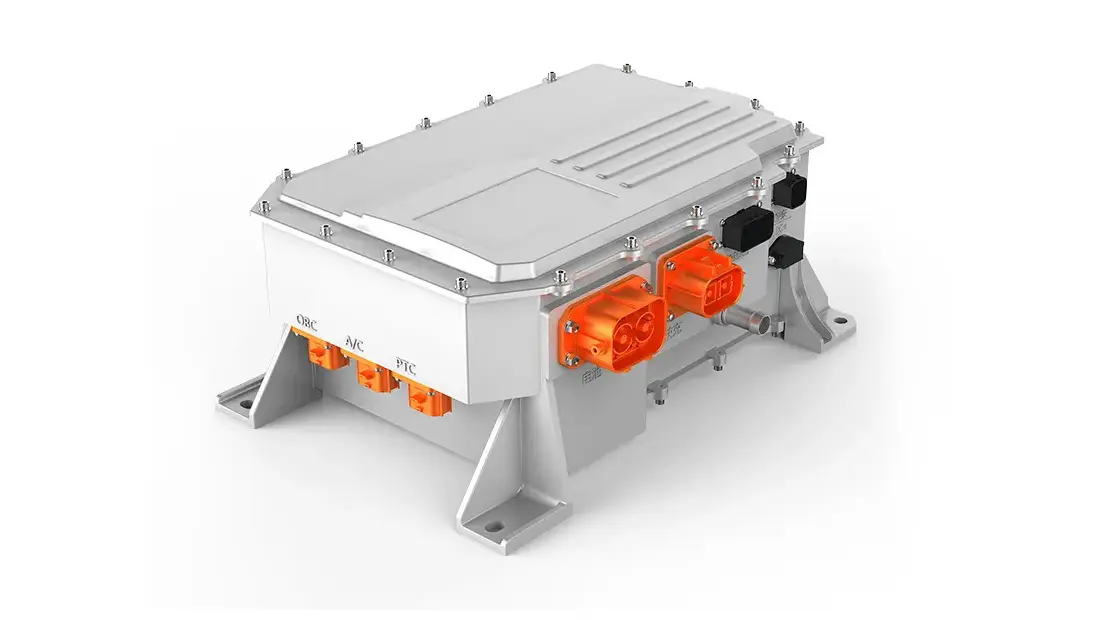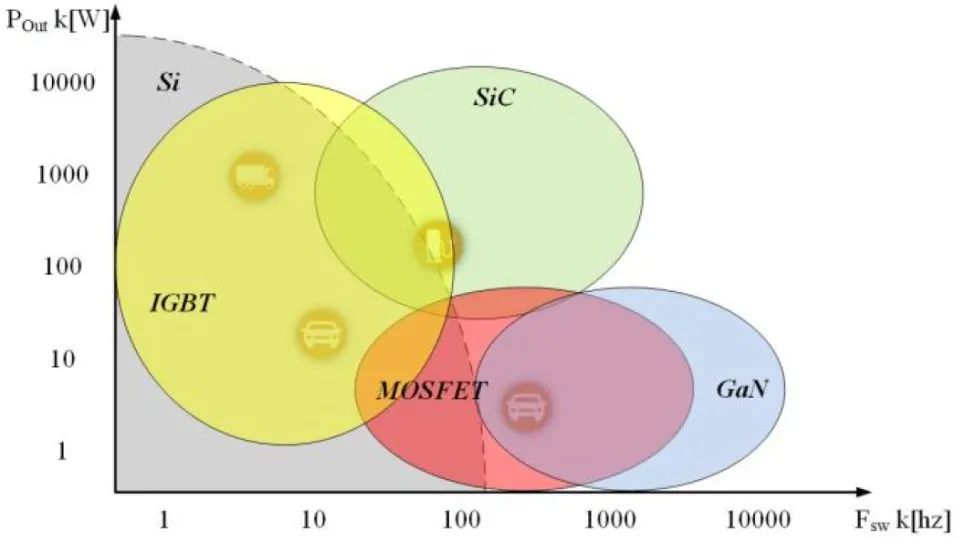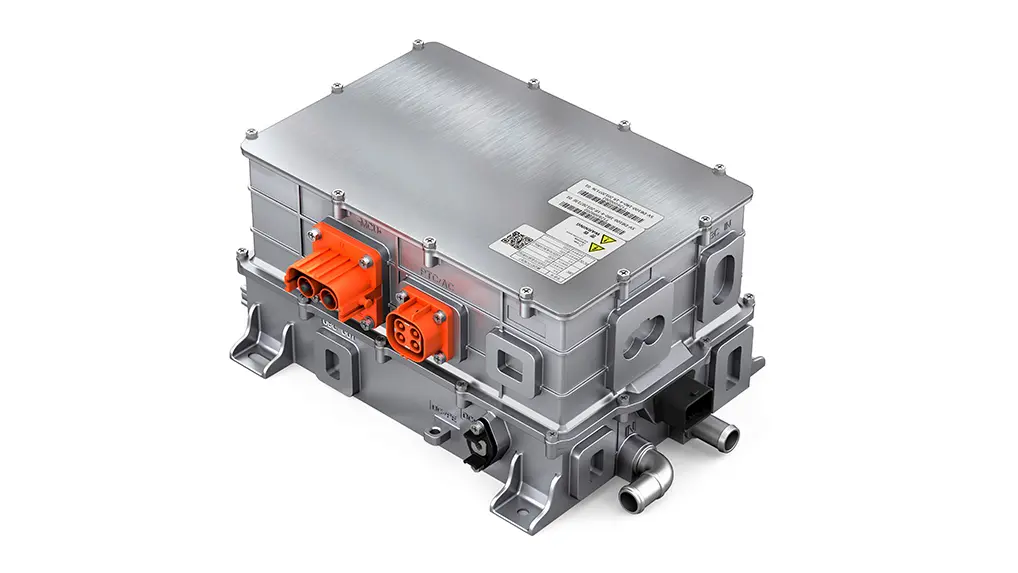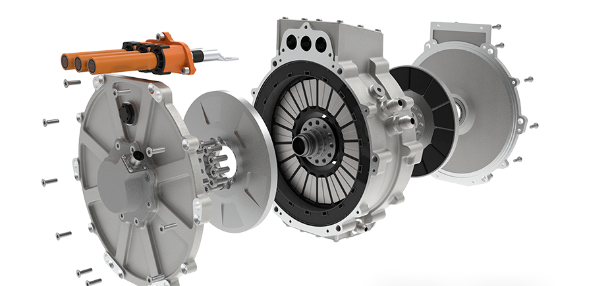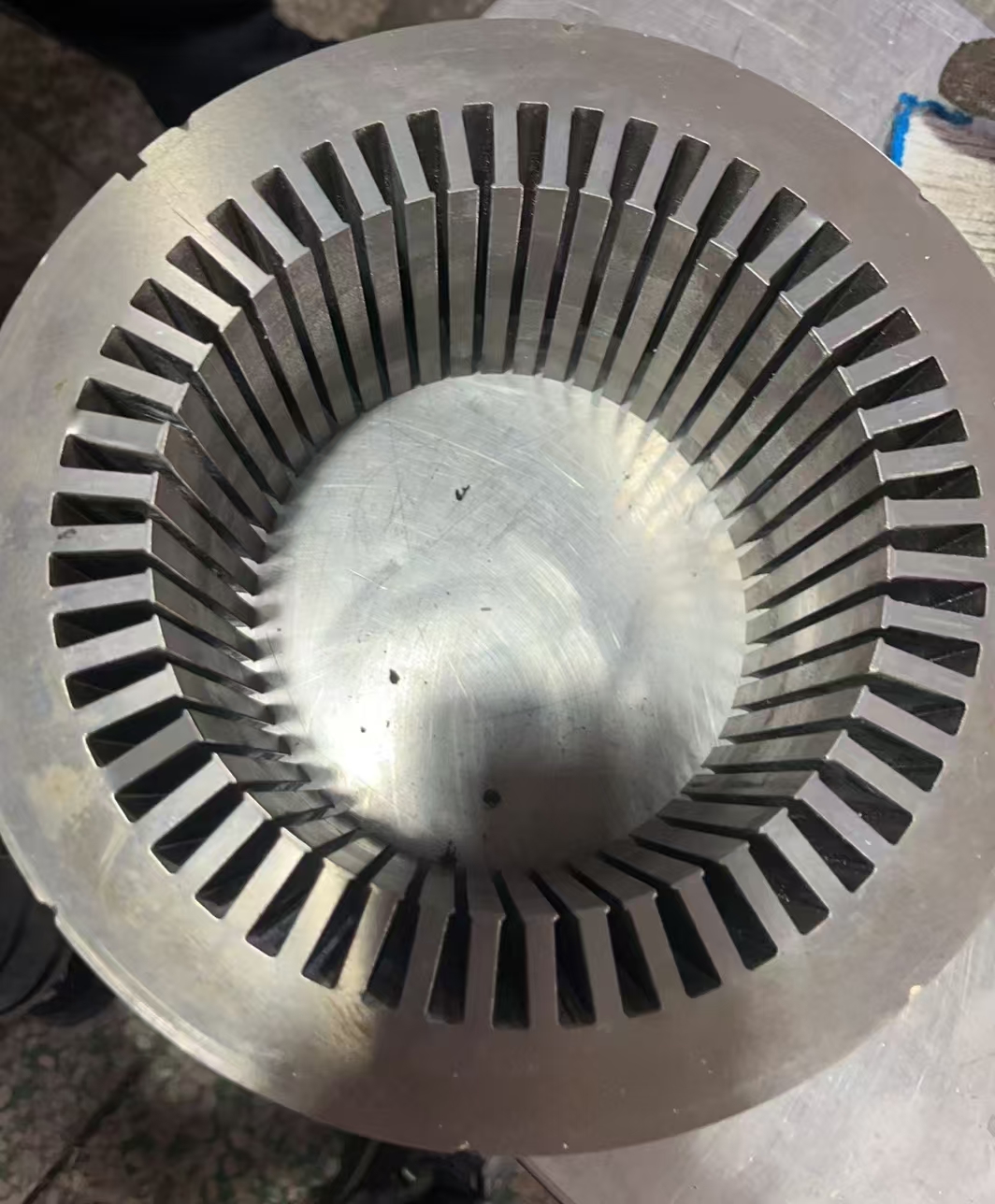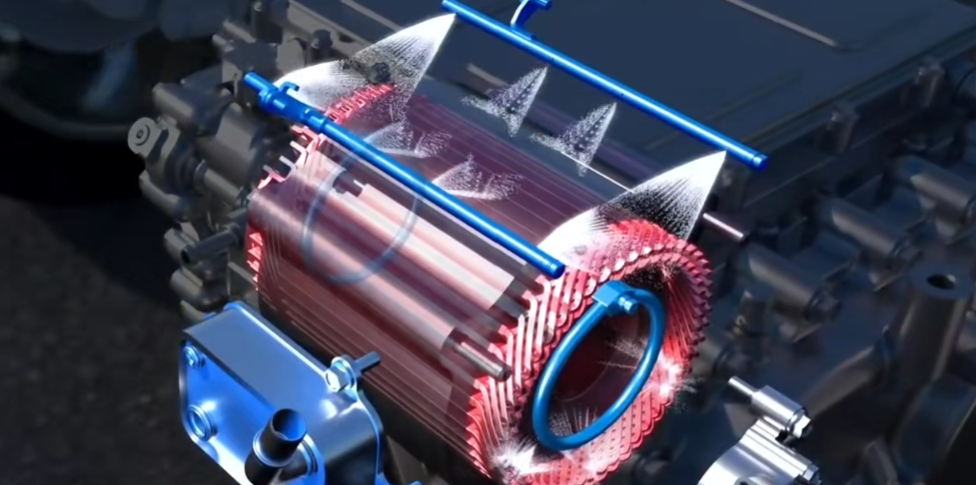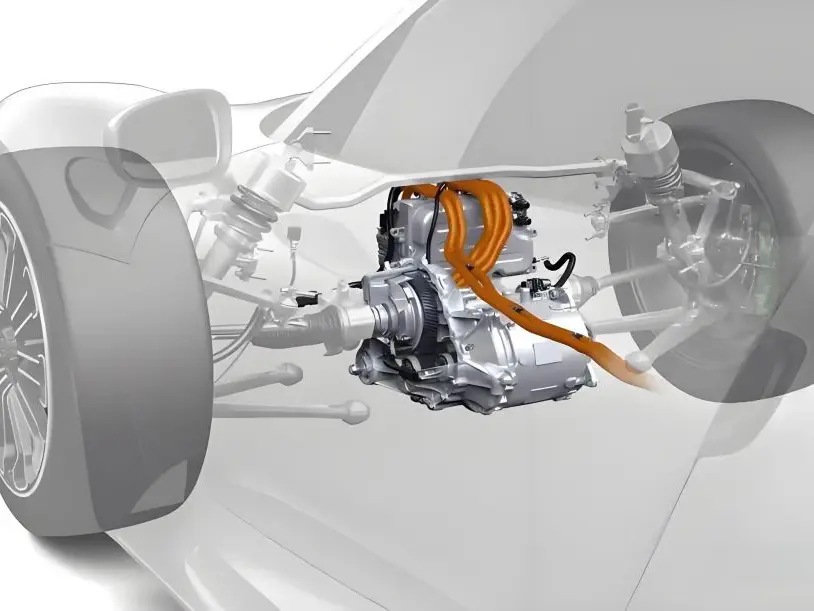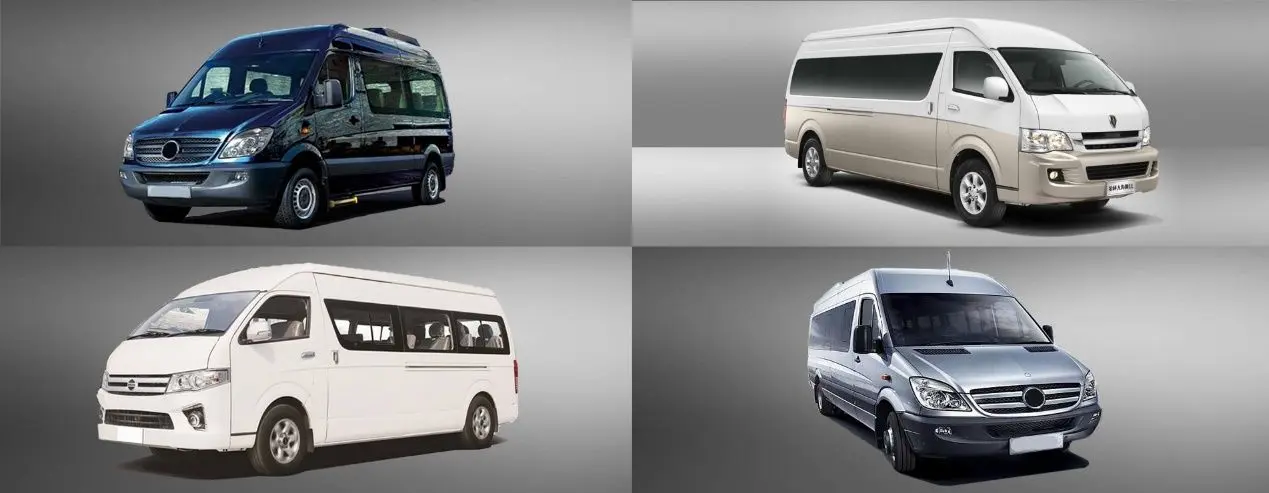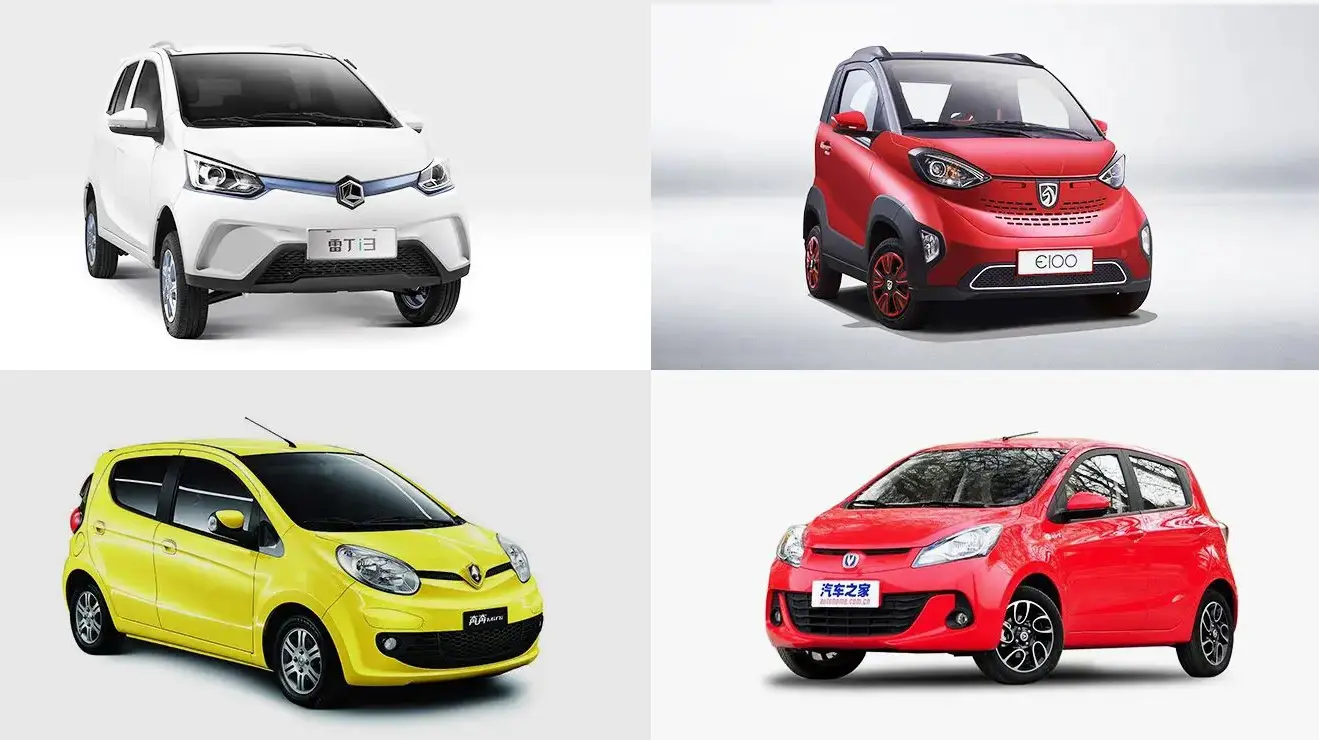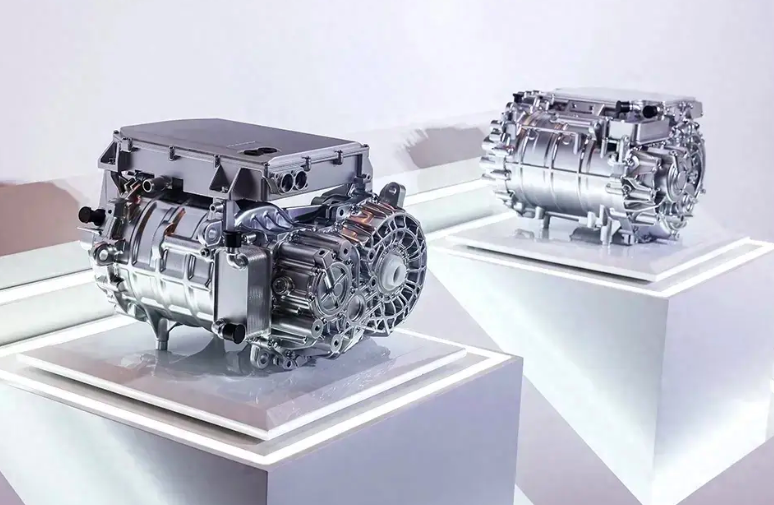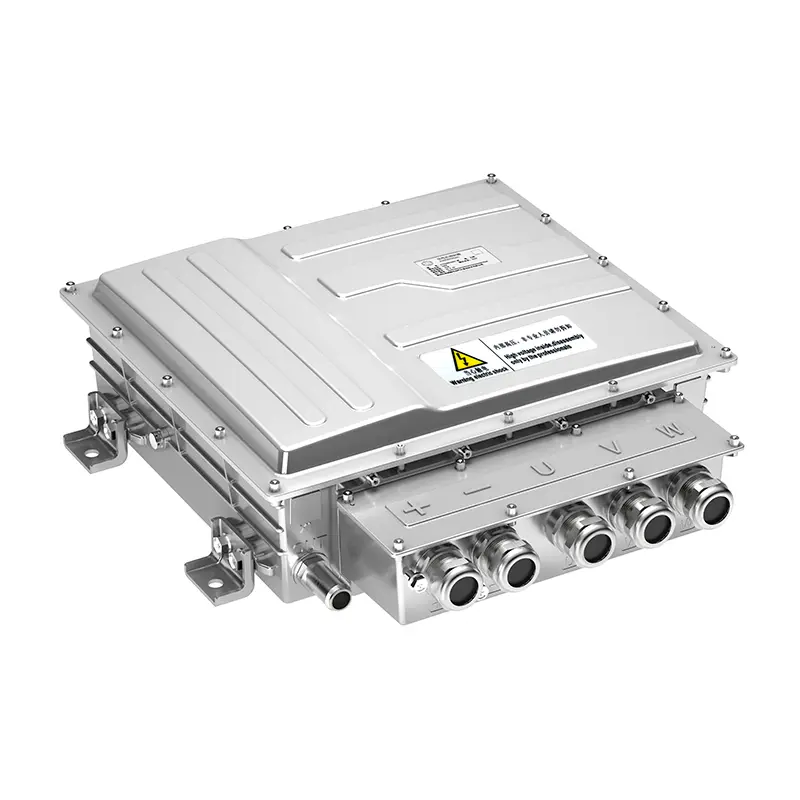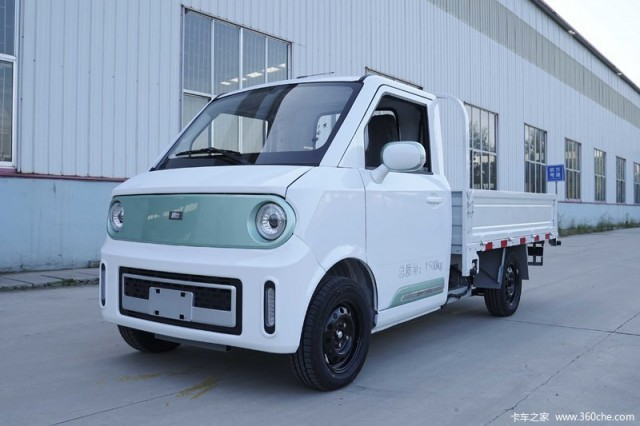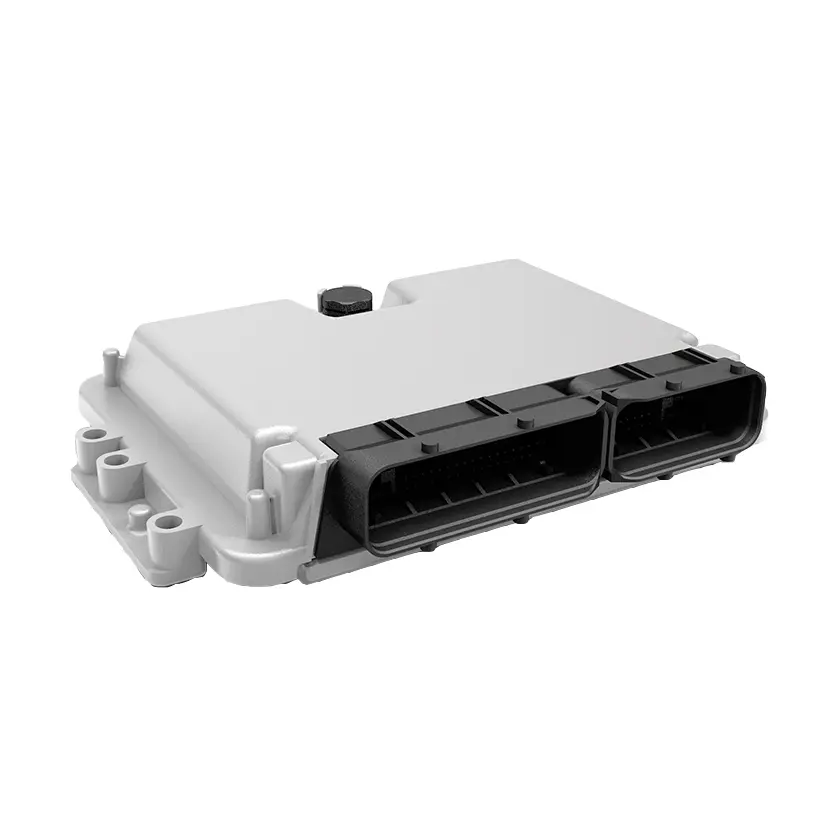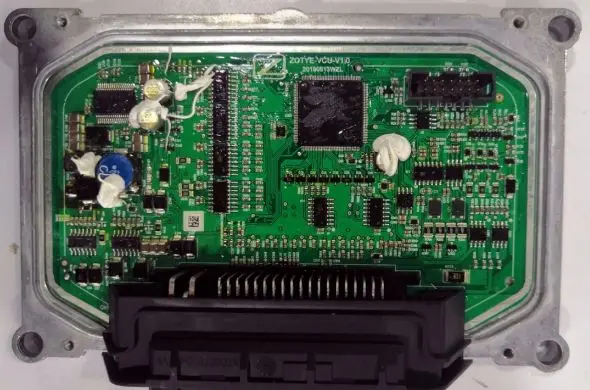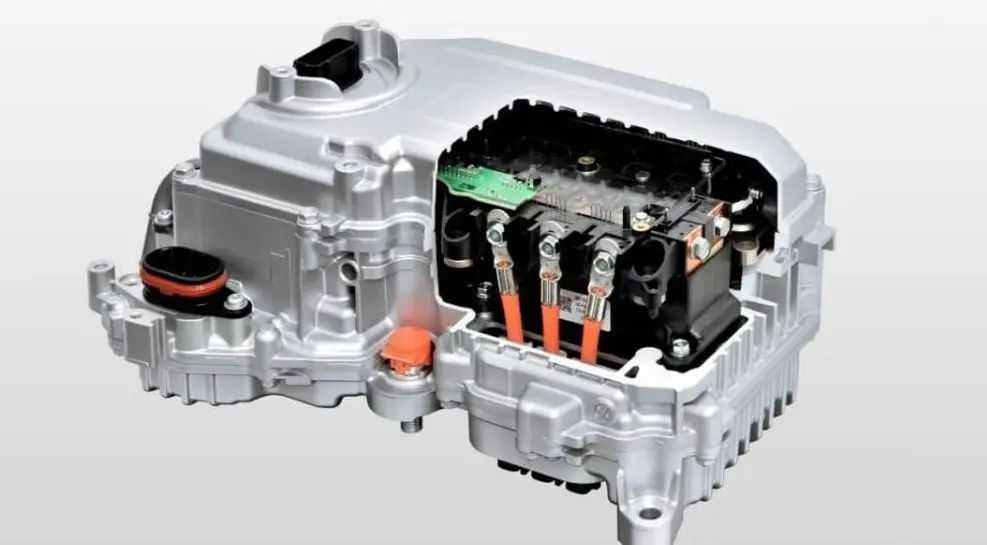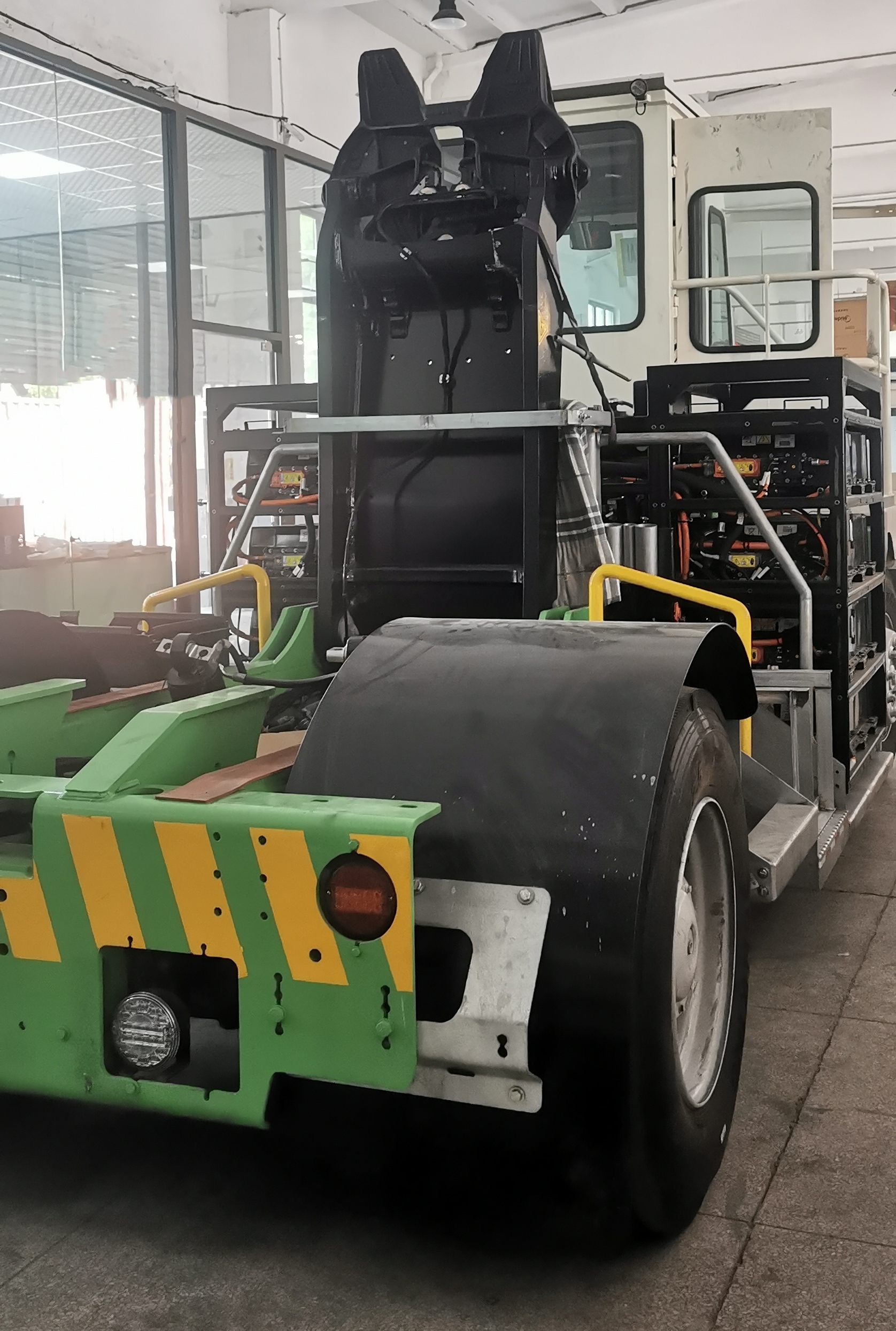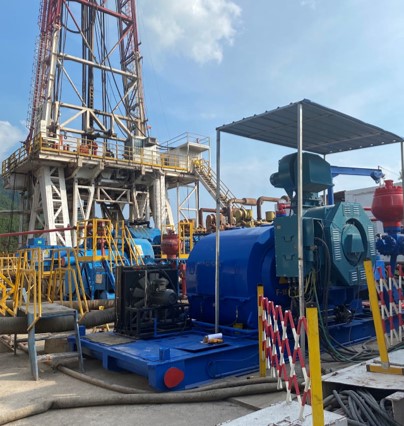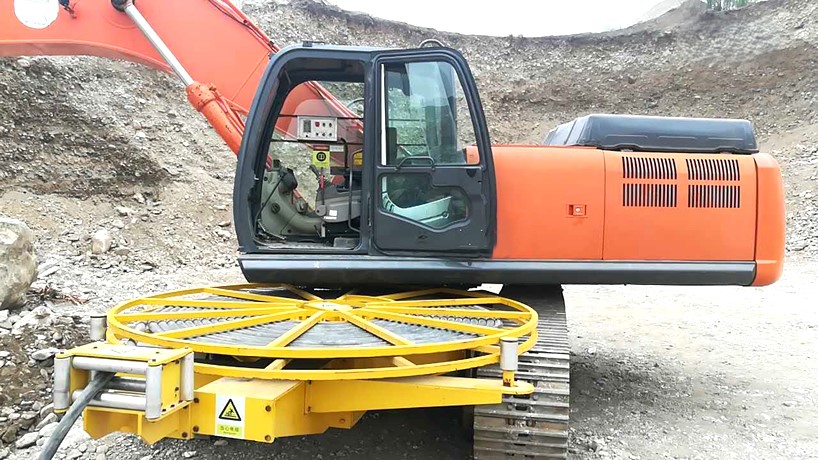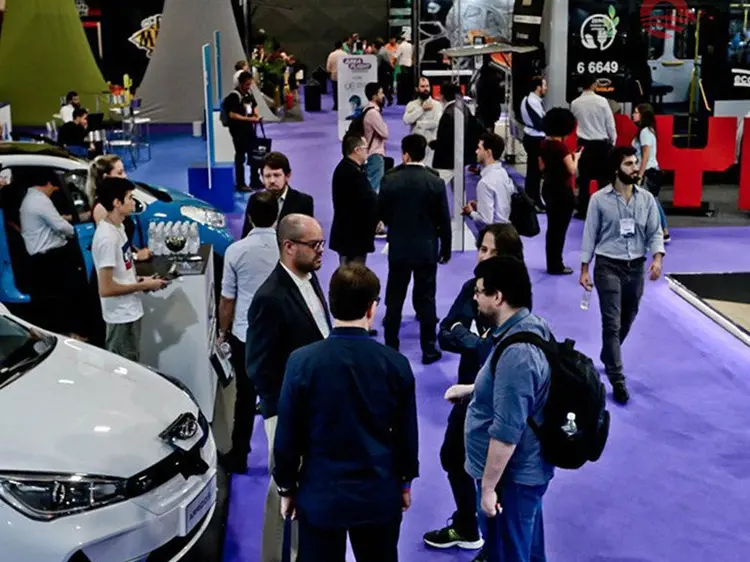A Deep Dive into Automotive Electric Motors
Introduction
The shift from internal combustion engines (ICEs) to electric vehicles (EVs) is one of the most transformative changes in the automotive industry. At the heart of every electric vehicle lies an essential component: the automotive electric motor. These motors are responsible for converting electrical energy into mechanical energy to power the vehicle. Understanding automotive electric motors, their applications, technological principles, and market dynamics is crucial for both industry professionals and consumers alike. In this deep dive, we explore the intricacies of electric motors used in automobiles and spotlight PUMBBA, a leading manufacturer in this evolving landscape.
What is an Auto Electric Motor?
An automotive electric motor is an electromechanical device that converts electrical energy into mechanical energy to propel vehicles. Unlike traditional combustion engines that rely on burning fossil fuels, electric motors are cleaner, more efficient, and require less maintenance. The primary function of an automotive electric motor is to generate the torque required to turn the wheels of the vehicle.
Electric motors are broadly categorized based on their operation, structure, and power source. Key types include:
DC Motors: These include brushed and brushless DC motors (BLDC), known for their simplicity and good speed control.
AC Motors: These include induction motors and synchronous motors, typically used in more powerful or high-performance EVs.
Permanent Magnet Motors: Common in hybrid and electric cars due to their high efficiency and compact size.
Key Applications of Automotive Electric Motors
Automotive electric motors are not limited to powering the vehicle alone. They play an integral role in various systems within modern vehicles:
a. Main Traction Motors
These are the primary motors used to drive the wheels of electric or hybrid vehicles. They must deliver high torque and operate efficiently across various driving conditions.
b. Electric Power Steering (EPS)
Electric motors are employed to assist the driver in steering, improving control and fuel efficiency compared to hydraulic systems.
c. HVAC Systems
Electric motors are used in the Heating, Ventilation, and Air Conditioning systems of vehicles to regulate temperature.
d. Power Windows and Seats
Smaller motors operate windows, seat positioning, and mirrors for enhanced comfort and convenience.
e. Engine Cooling Systems
Motors drive fans and pumps to ensure the engine and battery systems maintain optimal operating temperatures.
Understanding Electric Car Motor Technology
Electric car motor technology has evolved significantly over the past decade, driven by the demand for higher efficiency, performance, and range. Here are the core elements that define modern electric motor technology:
a. Motor Types
Induction Motors (Asynchronous): Used by Tesla in earlier models, these are robust and do not require permanent magnets.
Permanent Magnet Synchronous Motors (PMSM): Provide high torque and efficiency, widely used in modern EVs.
Switched Reluctance Motors (SRM): Gaining attention due to low cost and robustness, although they are noisier and require complex control algorithms.
b. Motor Controllers and Inverters
These components regulate the voltage and current supplied to the motor, ensuring optimal performance, acceleration, and regenerative braking.
c. Cooling Systems
Efficient thermal management is essential to prevent overheating. Motors may be air-cooled or liquid-cooled, depending on their application and power output.
d. Regenerative Braking
Electric motors can act as generators when slowing down, converting kinetic energy back into electrical energy to recharge the battery.
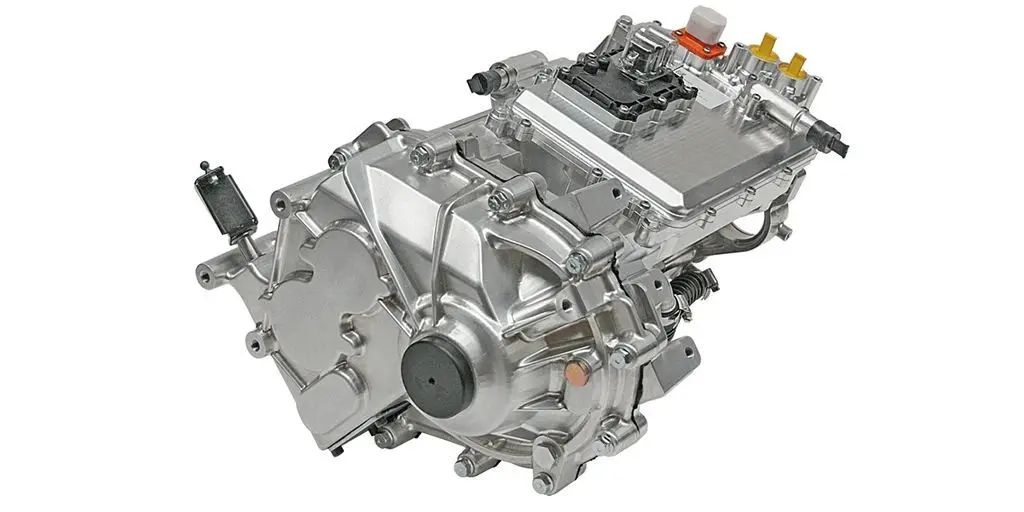
Leading Manufacturers of Electric Automobile Motors
Several global players dominate the automotive electric motor industry. They contribute to advancing motor technology, enhancing production efficiency, and scaling up to meet EV demand.
a. Tesla
Tesla has pioneered electric vehicle motor technology, developing high-efficiency motors for its S, 3, X, and Y models.
b. Bosch
A key supplier of automotive components, Bosch offers complete electric drive systems and motor technologies for hybrid and electric cars.
c. Nidec Corporation
Based in Japan, Nidec is one of the largest manufacturers of small precision motors and is rapidly expanding into the EV space.
d. Continental AG
With extensive expertise in automotive systems, Continental develops electric drives, motors, and integrated e-axles.
e. Denso
A major supplier of electric components, Denso provides high-performance electric motors and drive units for several major automakers.
f. PUMBBA
An emerging leader in the space, PUMBBA offers tailored electric motor solutions with a focus on performance, efficiency, and customizability for diverse automotive applications.
Market Trends and Innovations in Electric Car Motors
The automotive electric motor market is experiencing dynamic shifts and technological progress. Key trends include:
a. Shift Toward Integrated Drive Units
Manufacturers are integrating motors, gearboxes, and power electronics into compact drive units to reduce weight and space.
b. Increased Use of Permanent Magnet Motors
With higher power density and efficiency, these motors are becoming standard in many EV platforms.
c. Wide Adoption of Silicon Carbide (SiC) Electronics
SiC-based inverters offer improved efficiency and thermal performance compared to traditional silicon-based electronics.
d. 3-in-1 and 5-in-1 e-Axle Systems
These advanced architectures combine motor, inverter, transmission, and even onboard chargers into a single unit, simplifying vehicle design.
e. Additive Manufacturing (3D Printing)
Used for prototyping and even producing certain motor components, this method allows rapid innovation and customization.
Challenges in Automotive Electric Motor Development
Despite impressive progress, there are challenges to overcome in the development and deployment of electric motors in vehicles:
a. Material Sourcing
Permanent magnet motors require rare earth materials, which are expensive and geopolitically sensitive.
b. Thermal Management
As motor power increases, maintaining optimal temperature without sacrificing performance is crucial.
c. Noise, Vibration, and Harshness (NVH)
Especially relevant in premium EVs, manufacturers must ensure smooth and silent operation.
d. Cost Pressure
As EVs become mainstream, there is constant pressure to reduce costs while maintaining performance and reliability.
e. Design Complexity
Advanced control algorithms and high-voltage systems add complexity to motor and system design.
The Future of Electric Motors in EV
The future of electric motors in the automotive industry is bright and evolving rapidly. Anticipated developments include:
a. Magnet-Free Motors
Researchers are developing motors that do not rely on rare earth magnets, such as axial flux and switched reluctance designs.
b. Smart Motors with AI Integration
Using AI to optimize motor performance, predictive maintenance, and real-time diagnostics is on the horizon.
c. Improved Motor Efficiency and Power Density
Future motors will deliver more power from smaller, lighter units, improving vehicle range and performance.
d. Greater Customization and Modularity
Manufacturers will offer modular motor platforms that can be customized for different vehicle types and configurations.
e. Wireless Power Transfer Integration
As wireless EV charging matures, motors may integrate components that enable seamless interaction with charging infrastructure.
PUMBBA: A Professional Auto Electric Motor Manufacturer
PUMBBA is a prominent player in the auto electric motor industry, providing cutting-edge solutions for a wide range of vehicles and systems. With a commitment to innovation, quality, and customer service, PUMBBA has carved a niche for itself in the competitive EV market.
a. Custom Solutions for Diverse Applications
PUMBBA specializes in custom electric motor design for:
Main traction systems
Power steering units
HVAC systems
Electric pumps and fans
Interior comfort components
b. Advanced Manufacturing Facilities
Utilizing state-of-the-art machinery and rigorous quality control processes, PUMBBA ensures high-performance and reliable motor production.
c. Research and Development
PUMBBA invests heavily in R&D to stay ahead of market trends. From AI-integrated motor control systems to next-gen materials, innovation is at the company's core.
d. Global Partnerships and Compliance
PUMBBA collaborates with automotive OEMs and Tier 1 suppliers globally. All products comply with international standards and regulations, including ISO/TS certifications.
e. Sustainability Focus
Understanding the environmental impact of manufacturing, PUMBBA adopts sustainable practices across its production and supply chain operations.
Conclusion
Automotive electric motors are revolutionizing how vehicles are powered, designed, and experienced. From powering the main drivetrain to enhancing interior comfort, these motors are central to the ongoing evolution of electric vehicles. As technologies advance and market demands grow, innovations in motor design, efficiency, and integration will shape the future of mobility.
PUMBBA stands at the forefront of this revolution, offering high-quality, customized electric motors that meet the dynamic needs of the automotive industry. As we move toward a more electrified and sustainable transportation ecosystem, understanding the role and development of automotive electric motors becomes increasingly important for stakeholders across the value chain. Whether you're a manufacturer, engineer, or enthusiast, staying informed about electric motor technology is essential in navigating the future of mobility.










